Do variagated bananas need sun or part shade?
rubbleshop
16 years ago
Related Stories

GARDENING GUIDES10 Drought-Tolerant Shrubs That Thrive in Full Sun and Reflected Heat
Got a hot spot in your garden where plants often die? Try these tough shrubs that add beauty while shrugging off the heat
Full Story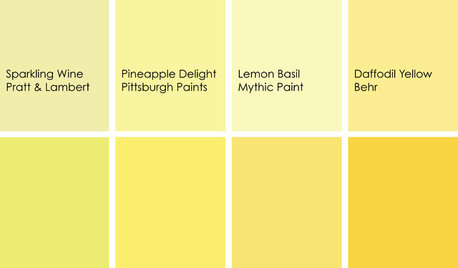
KITCHEN DESIGNCooking With Color: When to Use Yellow in the Kitchen
Perk up your kitchen with a burst of Pineapple Delight or a dollop of Top Banana on the walls, cabinets or countertops
Full Story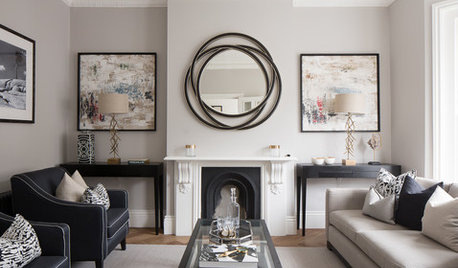
MOST POPULARWhat’s Your Neutral: Beige or Gray?
A designer shares 10 tips for using the neutral shade that works best for you
Full Story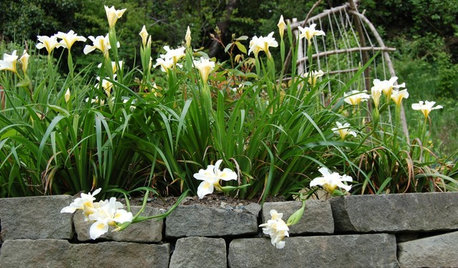
GARDENING GUIDESTop 10 Native Plants for the Pacific Northwest
More than just gorgeous and adaptable, these standout plants convey a sense of place
Full Story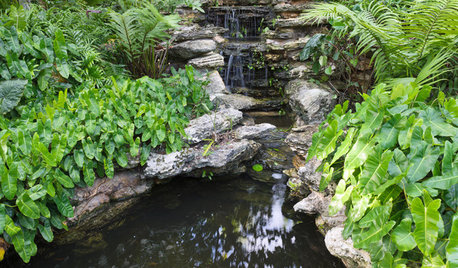
LANDSCAPE DESIGNRecipe for Tropical Edible Garden Style
Appeal to exotic good taste with fruit trees, palms and tropical look-alikes in your temperate-climate garden
Full Story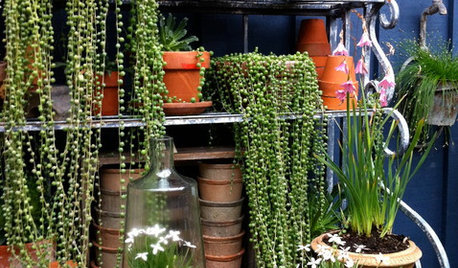
HOUSEPLANTSCascading Succulents Bring Fun Shapes to Your Indoor Garden
For eye-catching spillers with delicate beauty and minimal needs, it's hard to beat these 2 trailing houseplants
Full Story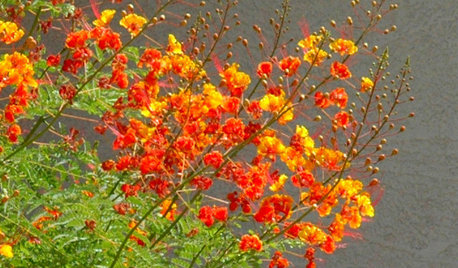
GARDENING FOR BUTTERFLIESGreat Design Plant: Red Bird-of-Paradise Soars With Color
Fiery bursts of red-orange flowers bring hot summer gardens to life, while this shrub's drought tolerance keeps the living easy
Full Story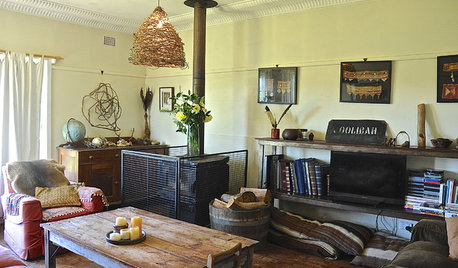
HOUZZ TOURSMy Houzz: Cozy Country Meets Bohemian Artistic in Australia
Healthy helpings of salvage and rustic art give a pastureland home free-spirited style
Full Story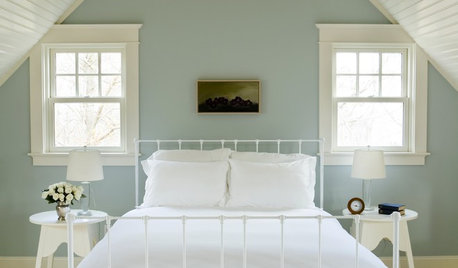
COLOR12 Tried-and-True Paint Colors for Your Walls
Discover one pro designer's time-tested favorite paint colors for kitchens, baths, bedrooms and more
Full Story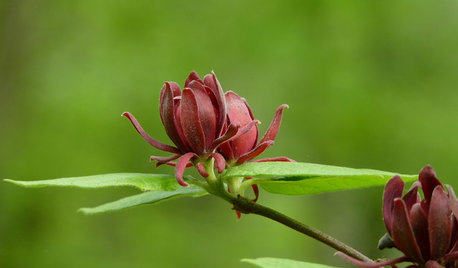
GARDENING GUIDESGreat Design Plant: Calycanthus Floridus
This U.S. native plant — also called Eastern sweetshrub, Carolina allspice and strawberry shrub — is an aromatic and a visual treat
Full StorySponsored
Central Ohio's Trusted Home Remodeler Specializing in Kitchens & Baths
More Discussions






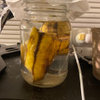

diana55
rubbleshopOriginal Author
Related Professionals
Fitchburg Landscape Architects & Landscape Designers · Saint Charles Landscape Architects & Landscape Designers · Salem Landscape Architects & Landscape Designers · Wareham Landscape Architects & Landscape Designers · Wheeling Landscape Architects & Landscape Designers · Bloomington Landscape Contractors · Cockeysville Landscape Contractors · Elmhurst Landscape Contractors · North Chicago Landscape Contractors · Boerne Roofing & Gutters · Cambridge Roofing & Gutters · Grand Rapids Roofing & Gutters · Ponte Vedra Beach Roofing & Gutters · South Orange Roofing & Gutters · Winnetka Roofing & Guttersbananafan
rubbleshopOriginal Author
bananafan
rubbleshopOriginal Author
minibim
bananafan
miamimax